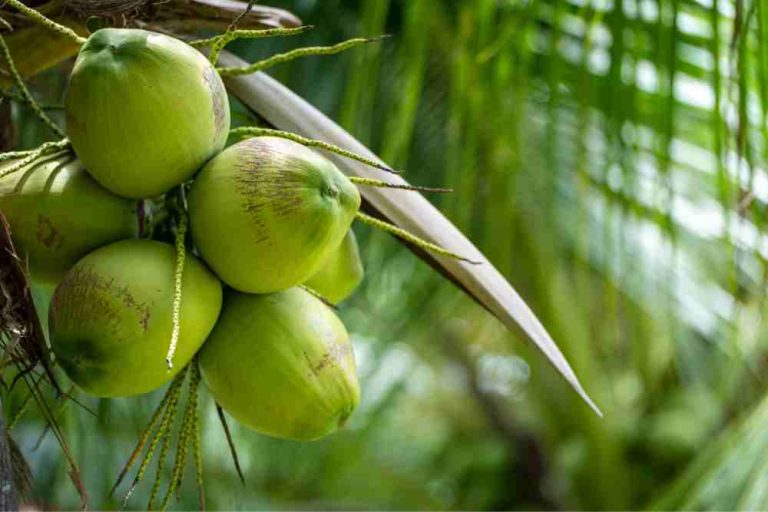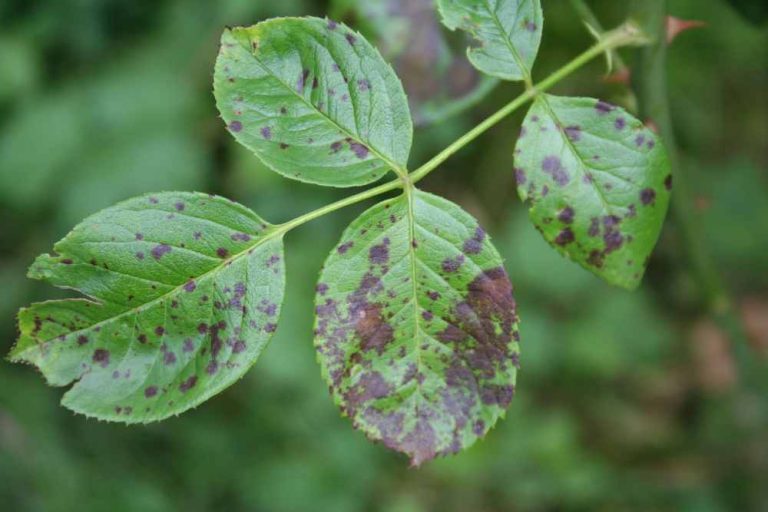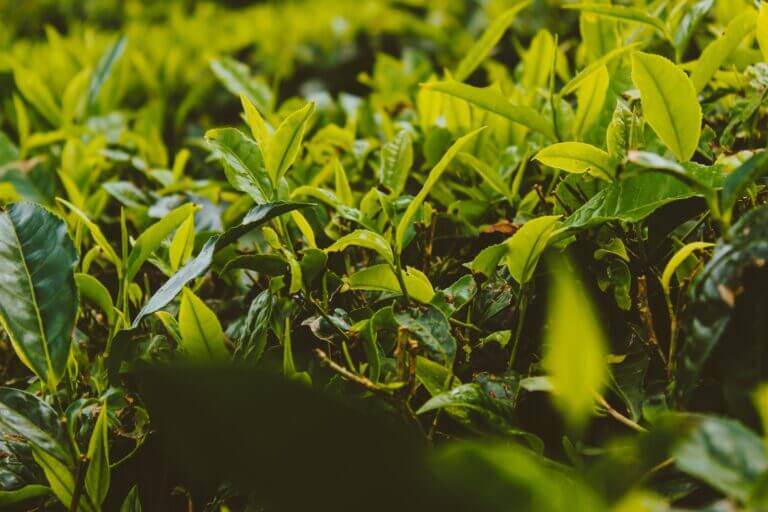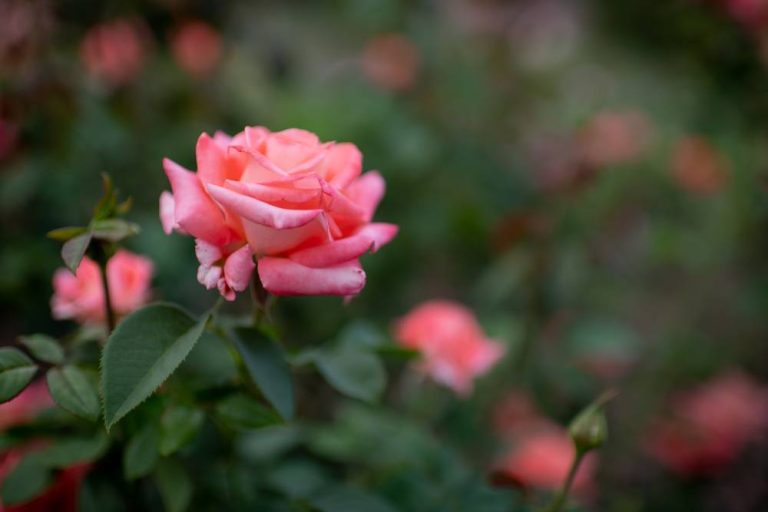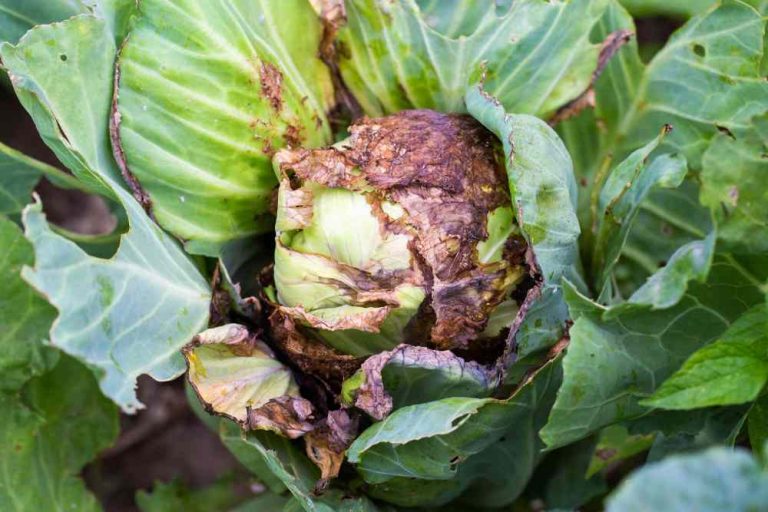Horse Hair Blight of Tea: Ultimate Guide to Preventing and Treating
Tea is a widely used beverage with a lengthy and fascinating history that dates back centuries. However, several pests and diseases can harm tea plants. These diseases can seriously damage tea crops, resulting in lower yields and lower-quality tea leaves. A fungal disease that attacks tea plant leaves is known as the “horse hair blight of tea.”
Tea growers may experience a variety of issues as a result of horse hair blight. The fungus can harm the leaves, reducing their flavor and aesthetic appeal. Additionally, it may lower the number of tea leaves produced, resulting in losses for growers. Tea growers face difficulties due to horse hair disease, but there is also a chance to get new knowledge about nature. We can learn more about safeguarding our crops from diseases by researching the horse hair blight of tea. This article will explain what is horse hair blight of tea, its causes, symptoms, and control methods.
What Is Tea Horse Hair Blight?
A fungal disease known as “Tamra” or “horsehair blight of tea” attacks tea plants. Marasmius crinisequi, a member of the Marasmiaceae family, is the name of the fungus that causes the disease. Tea leaves with thin, hair-like formations resembling horsehair on their surface indicate the disease. The mycelium of the fungus, which develops on the leaves’ surface, gives these structures their hair-like appearance.
That prefers warm, humid climates. It may be transmitted through contact with contaminated plant material, water, or the air. Additionally, contaminated soil, pruning implements, or machinery used during harvesting and processing might spread the disease. Tea plants are more prone to the disease when they are under stress or are weakened by other factors, including nutrient deficits, dehydration, or pest damage.
Symptoms
The first sign of tea horse hair blight is the development of hair-like structures on the leaves’ surface. These structures often have a fine texture and are white or gray in color. The hair-like formations may develop thicker and turn dark or black as the disease worsens, eventually covering the entire surface of the leaves. Additionally, infected leaves may curl and wilt, and the diseased plant may have decreased growth and yield.
Control
There are several ways to control the horse hair blight of tea.
The best technique to control horse hair blight of tea is prevention. The following are some precautions:
- Maintain proper hygiene – To stop the spread of the disease, clean all the instruments and equipment used during harvesting and processing.
- Use crop rotation – To lower the danger of soil-borne diseases, avoid repeatedly planting tea in the same field.
- Use healthy seedlings and cuttings – Use healthy seedlings and cuttings from plants that are free of diseases as your planting material.
- Manage moisture – To prevent soggy situations, don’t overwater plants and have proper drainage.
- Maintain proper nutrition – Ensure tea plants get enough nutrients to stay healthy and disease-resistant.
Here are some management techniques that can be applied if horse hair blight of tea is already present in the tea plantation:
- Prune-contaminated plants – To stop the disease from spreading, prune contaminated plant parts out of the plant.
- Apply fungicides – Fungicides can be used to control the disease, such as those made of copper. To prevent harmful effects on human health and the environment, this should be done with the help of a specialist.
- Improve soil drainage – To lower moisture levels and create an unfavorable habitat for the fungus, improve soil drainage.
- Enhance ventilation – To lower humidity levels, increase airflow throughout the tea plantation.
Conclusion
A fungal disease known as “horse hair blight of tea” can seriously damage tea plants, reducing yields and quality. The best strategy to manage the disease is to prevent it from spreading, which may be done by practicing excellent hygiene, rotating your crops, using disease-free planting materials, managing moisture levels, and providing the proper nutrition.
If the disease is already present, controlling it may involve trimming diseased plants, using fungicides, enhancing soil drainage, and increasing ventilation. When managed effectively, horse hair blight of tea can be controlled in tea plantations.
- 15 Ingenious Kitchen Garden Ideas to Cultivate Freshness Right at Home - April 7, 2024
- 10 Top Picks Best Plants for Open Terrarium - April 2, 2024
- 21 Easy and Cheap Walkway Ideas for a Charming Garden - March 31, 2024



